Double trouble from a 2-channel fuzz and overdrive blender.
A fast glance at the Los Angeles-based Beetronics’ catalog reveals a few things: their love of apiculture, a keen eye for design, and a fondness for all things fuzz. And though Beetronics is fairly new and their hive of effects still small, the sounds and the bizarro/sci-fi sense of design say a lot about the company’s focus and enthusiasm. Beetronics latest, the Royal Jelly, hints at an evolution toward more sophisticated circuits and sounds. It’s a 2-channel fuzz and overdrive. But rather than just stack an overdrive alongside a fuzz, the Royal Jelly uses the 2-channel layout to offer two different blends of overdrive and fuzz. It’s a thoughtfully voiced dirt machine that makes it easy to switch between cool, contrasting filth tones.
Into the Hive
Each channel features a blend control that mixes output from the fuzz and overdrive circuits. They’re labeled “queen” and “king,” but perform the same function. Overdrive gain is controlled via a knob called “honey.” Unfortunately, the overdrive gain cannot be tailored for different levels for each channel. But the shared-OD design does lend cohesiveness when switching between channels—even when using radically disparate settings to differentiate the two channels. Both effects share the “lo” and “hi” controls which boost or cut treble and bass by as much as 10 dB. One of the most intriguing controls is the dry knob, which enables you to mix in dry signal. It makes the Royal Jelly useful for subtle but trippy backgrounded fuzz textures, which are a cool bonus efect.
The left footswitch moves between the queen and king channels. The center buzz switch adds slicing high end to the fuzz circuit—nice if you’ve made the nastier of your channels less mean than you thought. The right-hand switch is the primary bypass for the the effect. There is no battery option, but there’s a standard 9V center-pin negative adaptor. The Royal Jelly feels hefty and durable. And if you’re curious enough to open up the unit, there’s a very cool and clean honeycomb inspired PCB, replete with bee caricatures.
Buzz Your Fuzz
For most amps, the quickest way to dial in a classic overdrive tone is to turn either the king or queen channel completely counterclockwise (dialing out the fuzz) and use the honey to tease in your desired amount of gain. I loved low-to-mild gain settings—translating to about 10 o’clock on the honey scale, with the dry mix in the same ballpark.
Boosting the lows summons distinct Big Muff-like characteristics that are more than suitable for oozing, ’90s Smashing Pumpkins tone—especially with single-coils.
This gets you natural-sounding amp breakup with a little extra dynamic grit if you dig into the strings. The hi and lo boost/cut controls are very responsive and sensitive. But the responsiveness of the dry mix is often the key to dialing in perfect overdrive for a given set of pickups, enabling you to higlight detail in single-coils and note definition in humbuckers.
Once your overdrive is dialed in, you can increase the fuzz content via the king and queen knobs, which yield everything from a buzzy edge in the overdrive to a thick, monstrous wall when turned completely clockwise. Boosting the lows summons distinct Big Muff-like characteristics—more than suitable for oozing, ’90s Smashing Pumpkins tone, especially with single-coils.
In live settings and with other pedals, the Royal Jelly is agreeable and easy to work with. The smart control layout became apparent while jamming away with a full band. I could very easily change either channel’s OD/fuzz blend with the king or queen knob using my foot. And the buzz switch really does deliver the goods to rise above a raging band when you need it. What’s more, the Royal Jelly excited other effects in my chain in very cool ways. And I’d typically set up one channel to slightly boost other cherished fuzzes in my chain. My germanium Fuzz Face clone, for one, loved the Jelly’s gain structure and EQ profile.
The Verdict
The Royal Jelly is an exceptional overdrive and fuzz unit, and gets bonus points for the brilliant dry mix and king/queen blend controls. It would be nearly perfect if you could have separate EQ and volume parameters for each channel. But one of the most beautiful things about the Royal Jelly is that it’s not over-complicated. And it’s well worth the initially expensive-looking $289 price tag—especially if you need to move betwwen many modes of fuzz and overdrive and don’t want to dedicate four pedals to the cause.






![Rig Rundown: AFI [2025]](https://www.premierguitar.com/media-library/youtube.jpg?id=62064741&width=1245&height=700&quality=70&coordinates=0%2C0%2C0%2C0)












 Shop Scott's Rig
Shop Scott's Rig






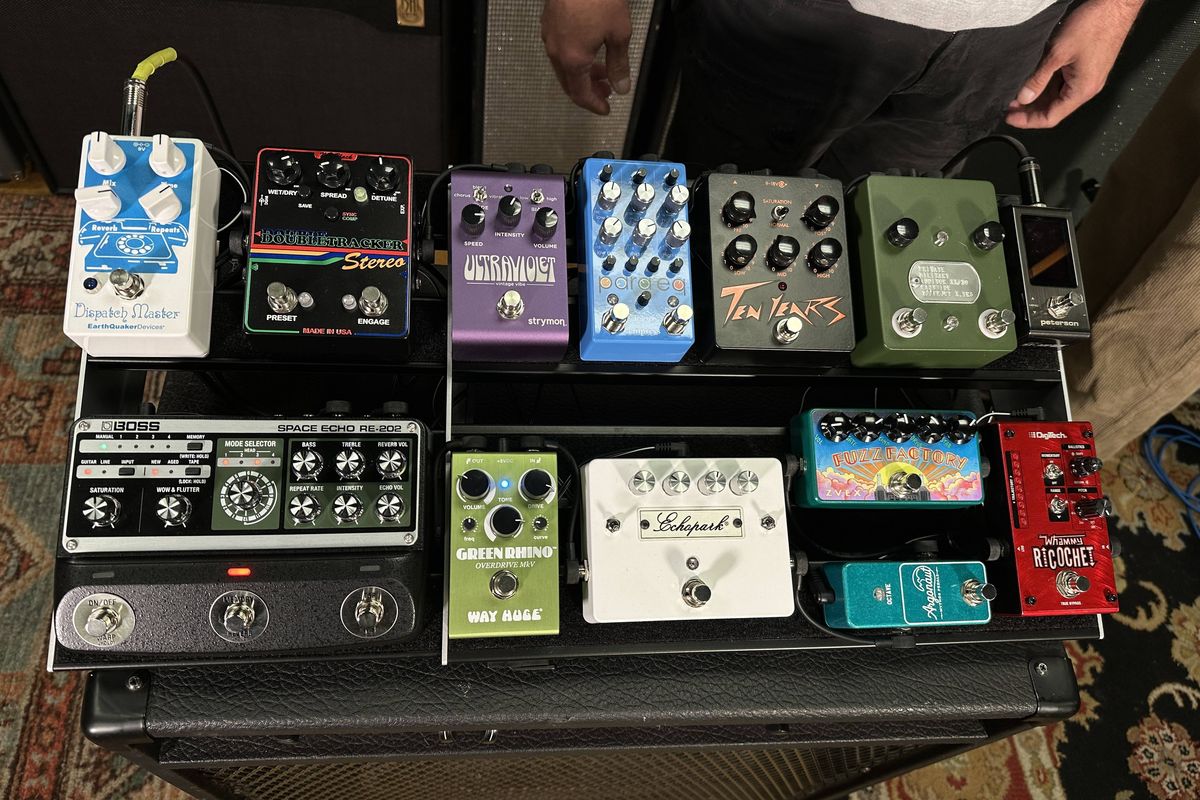
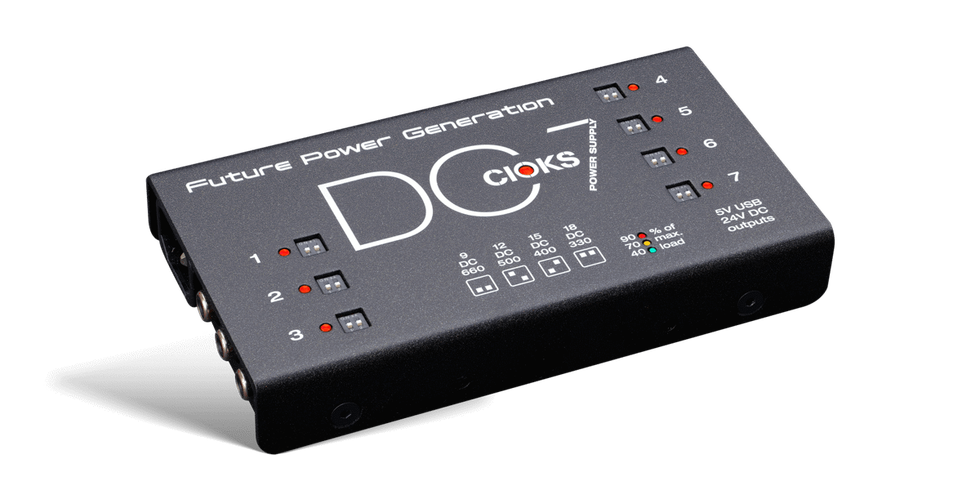
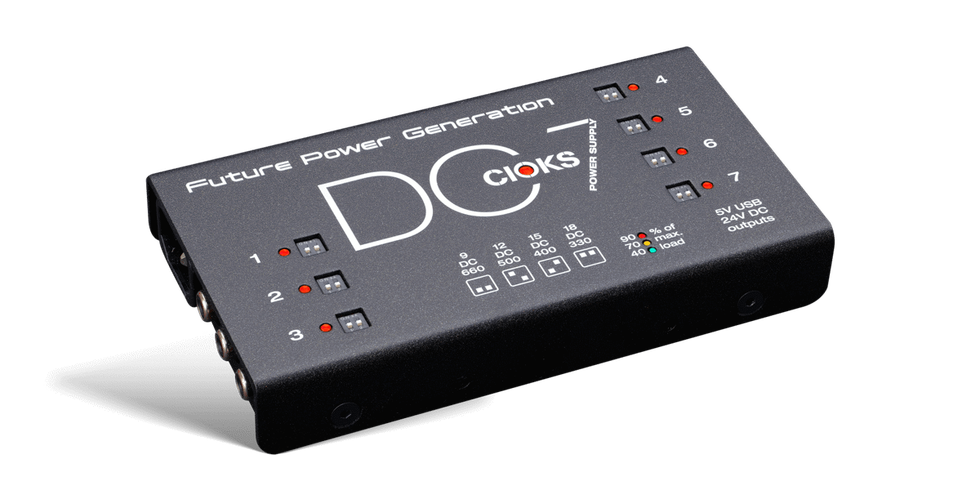
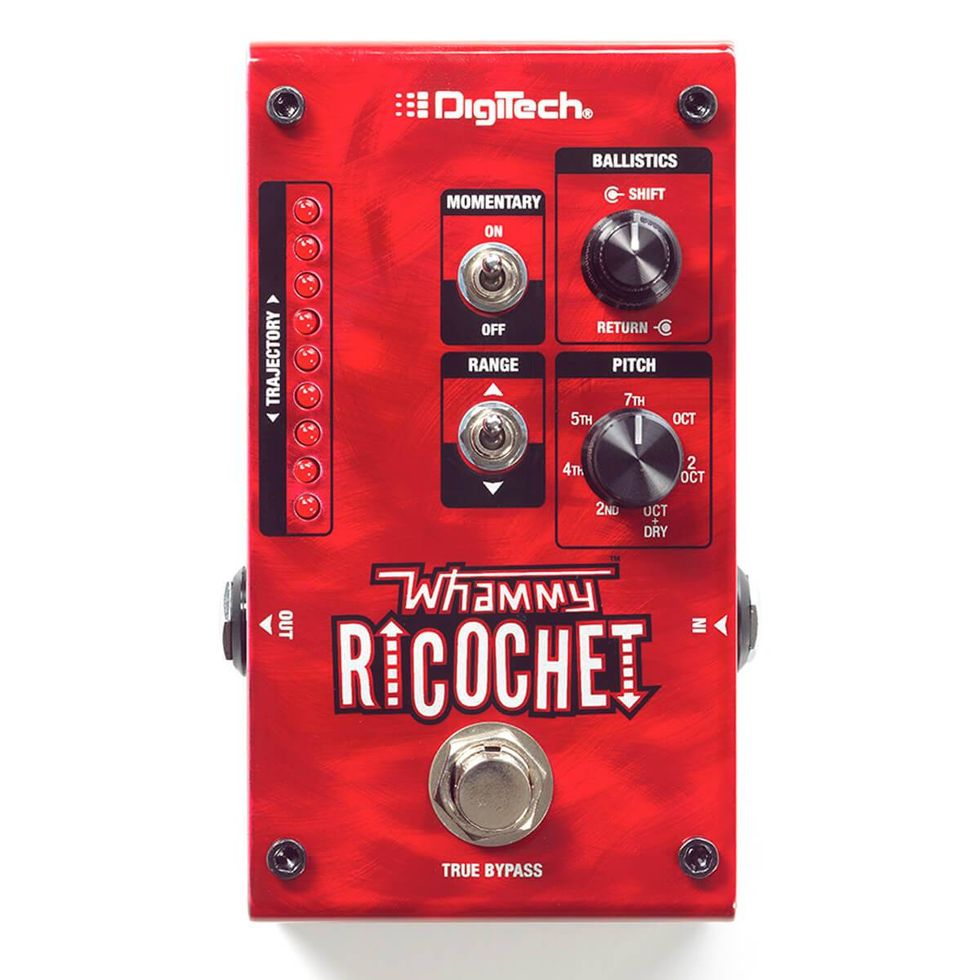
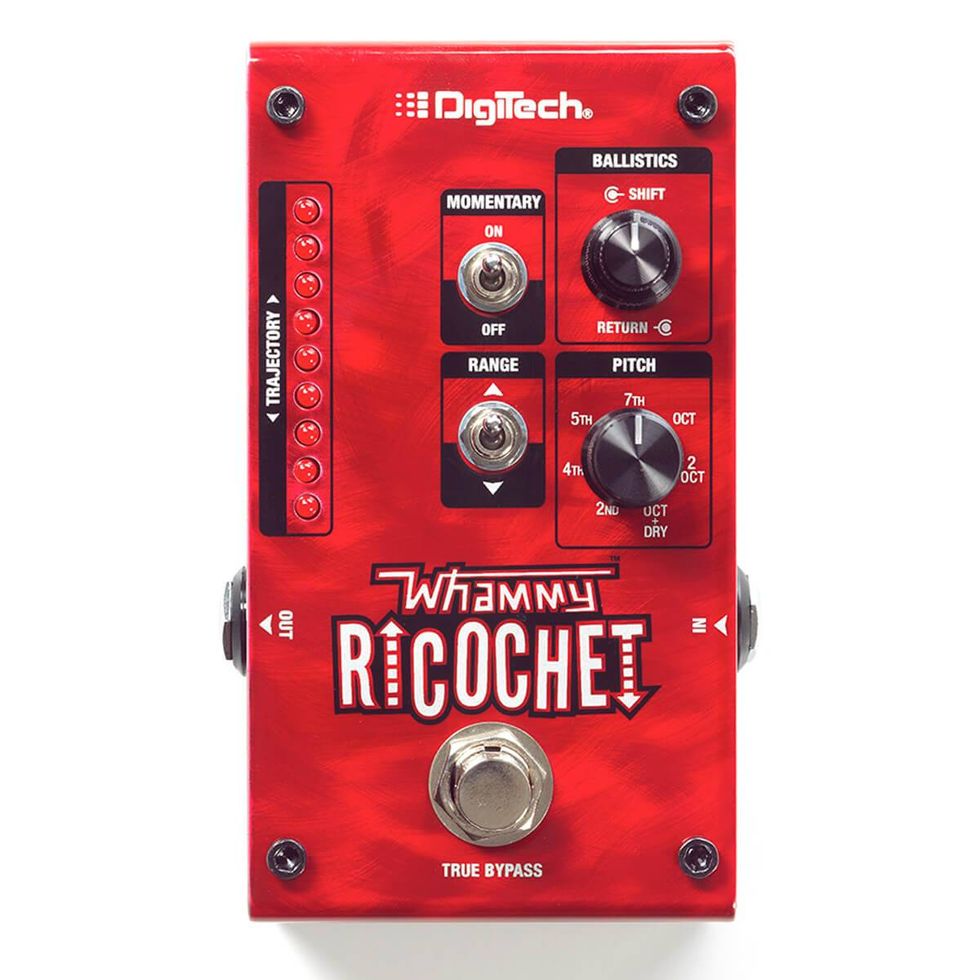

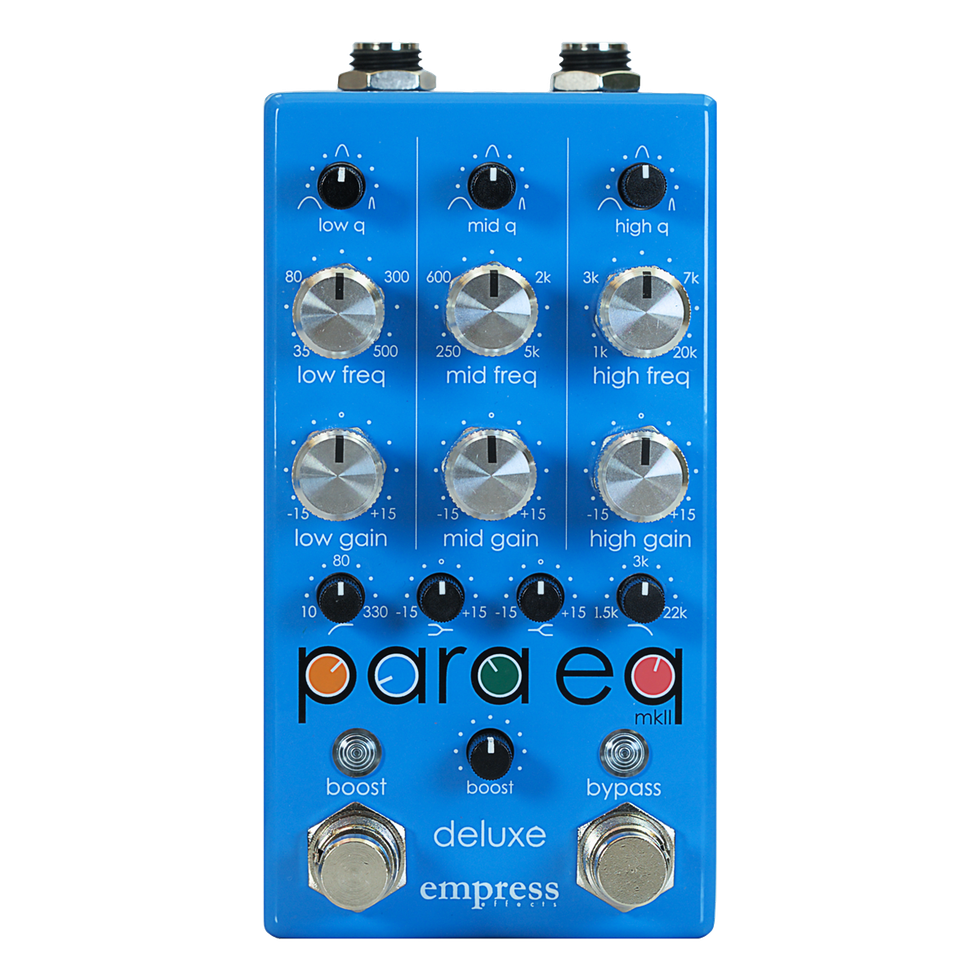
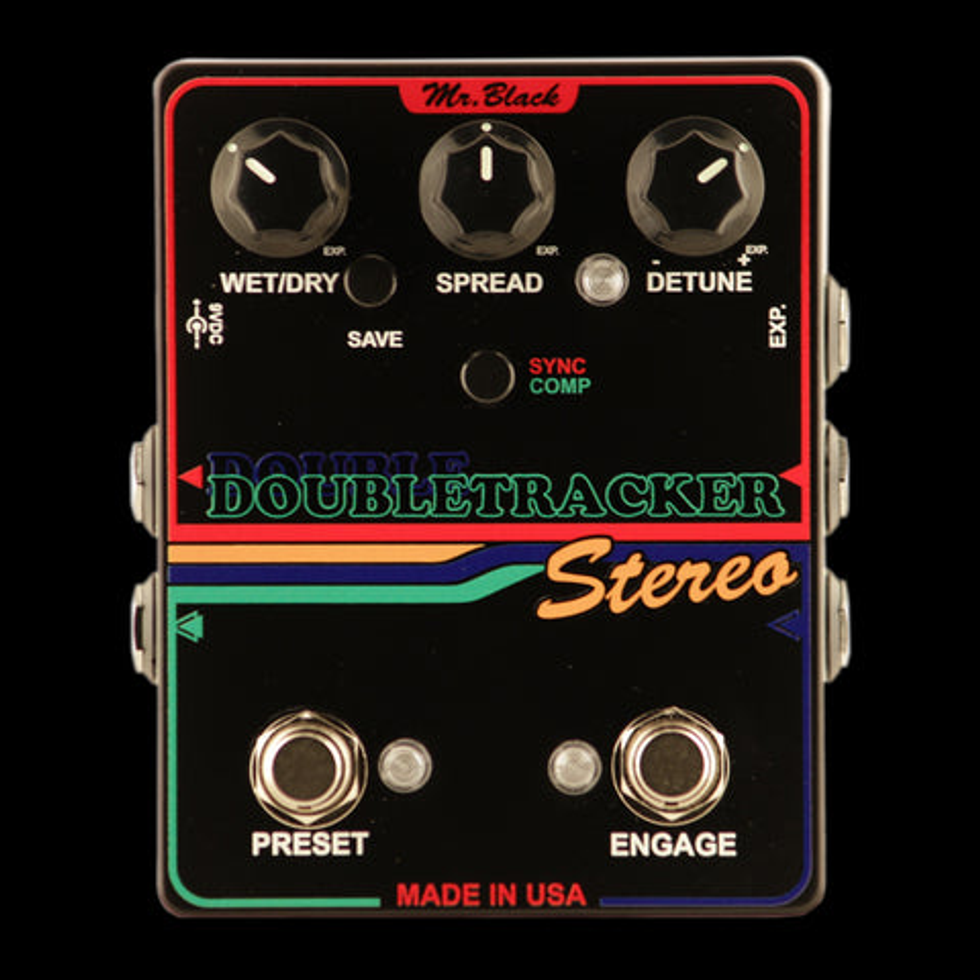
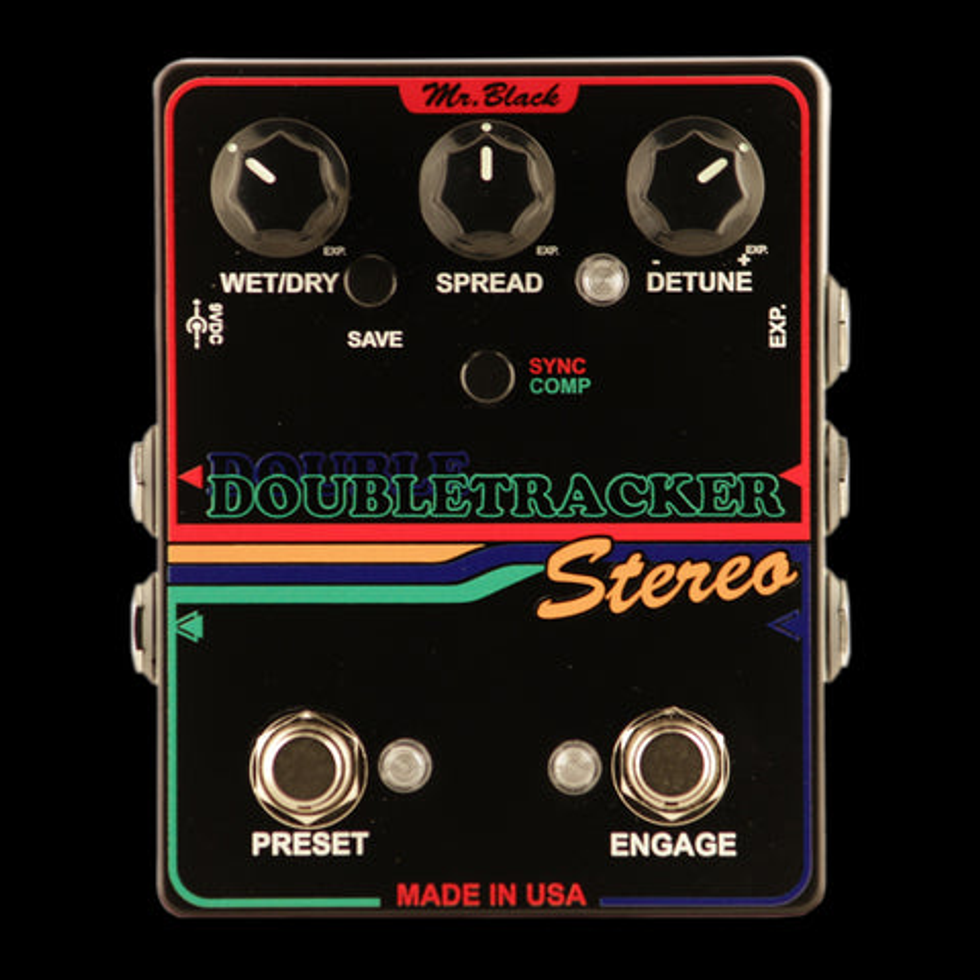
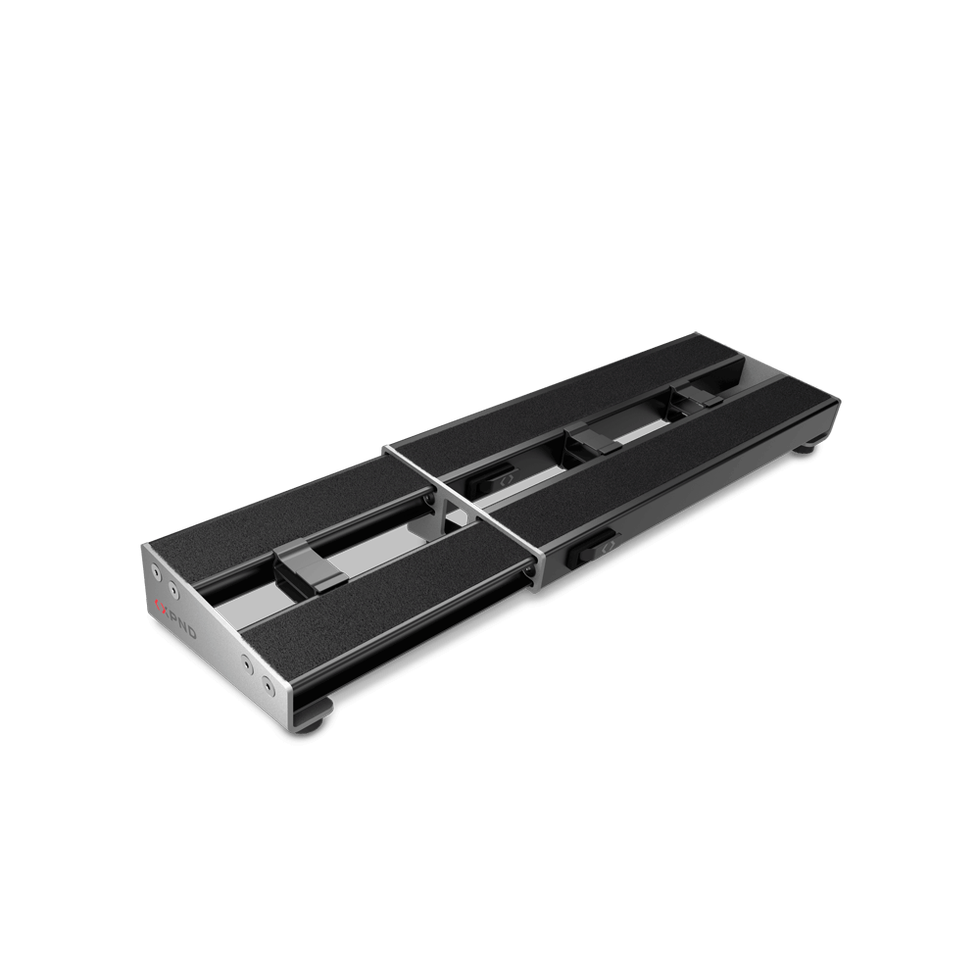

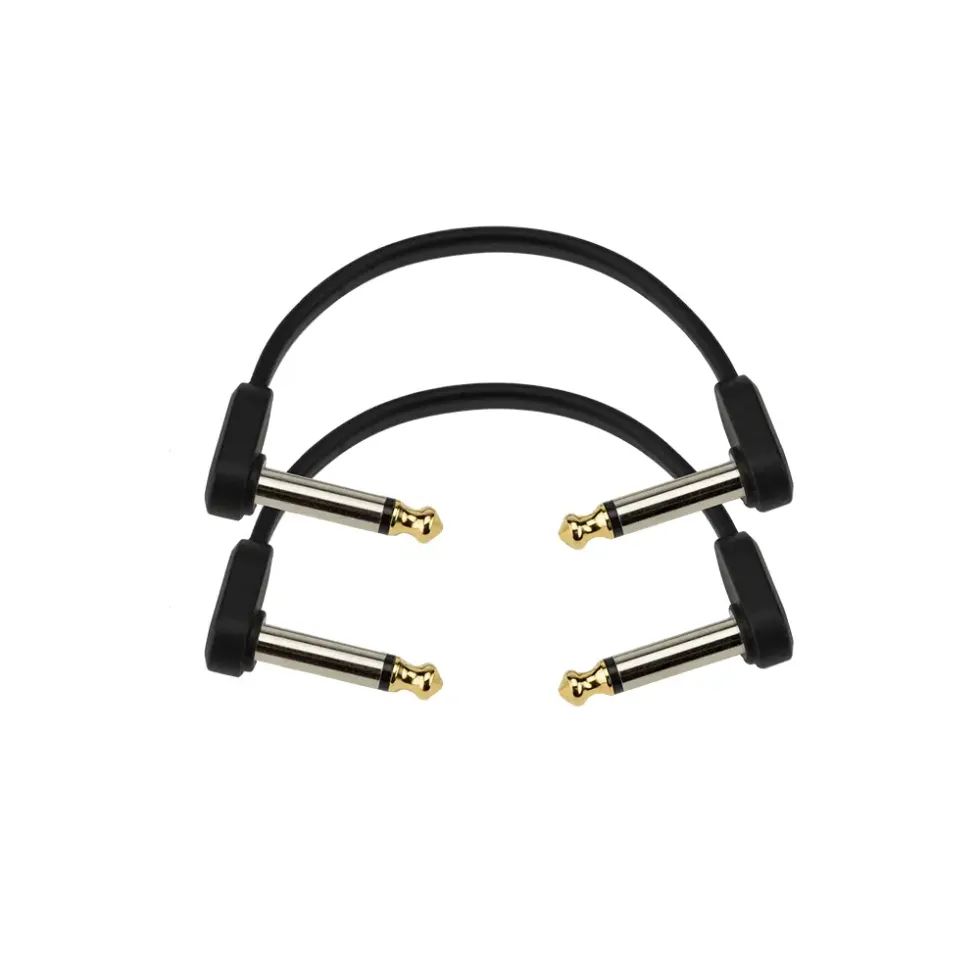
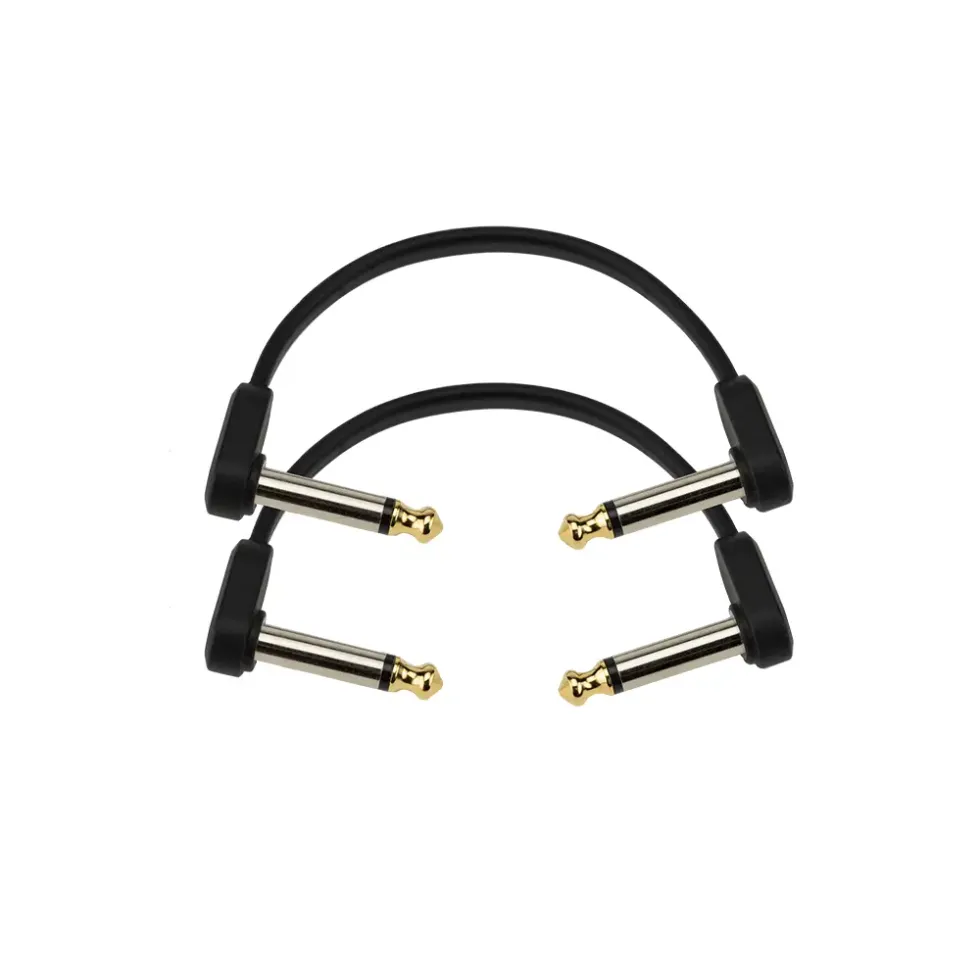


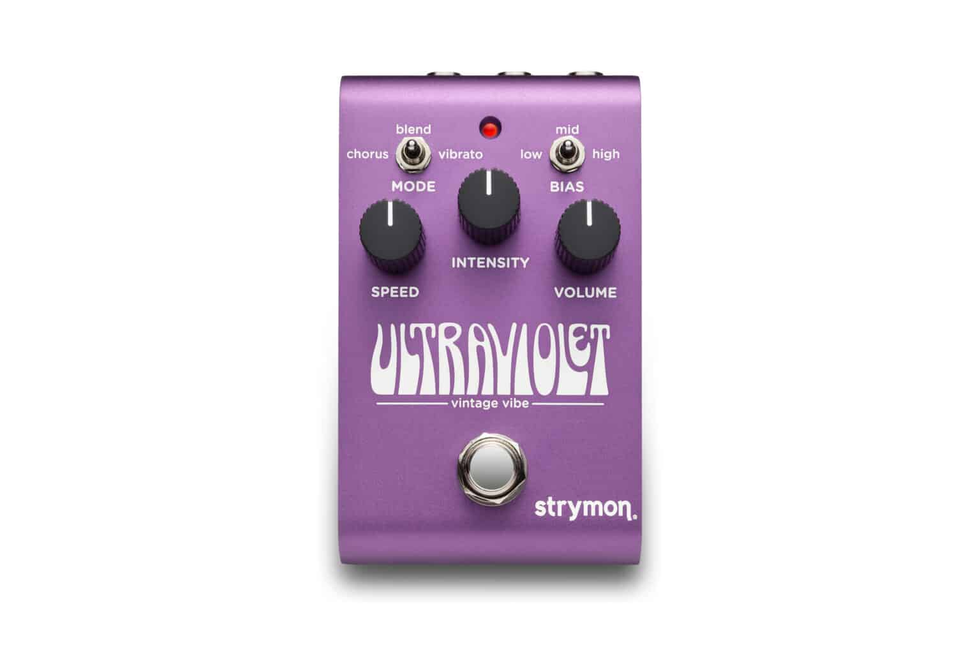
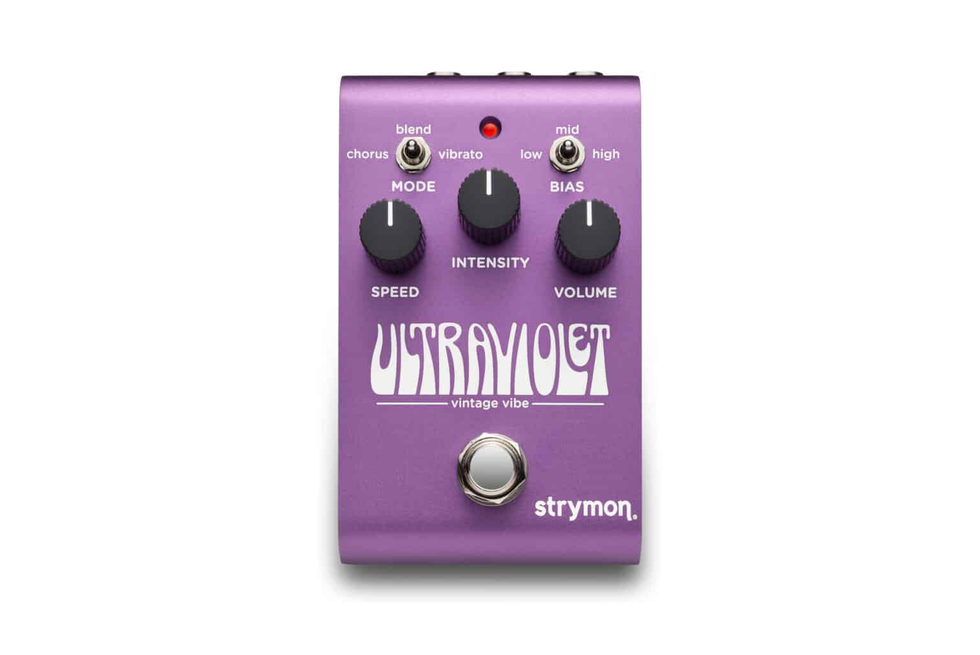
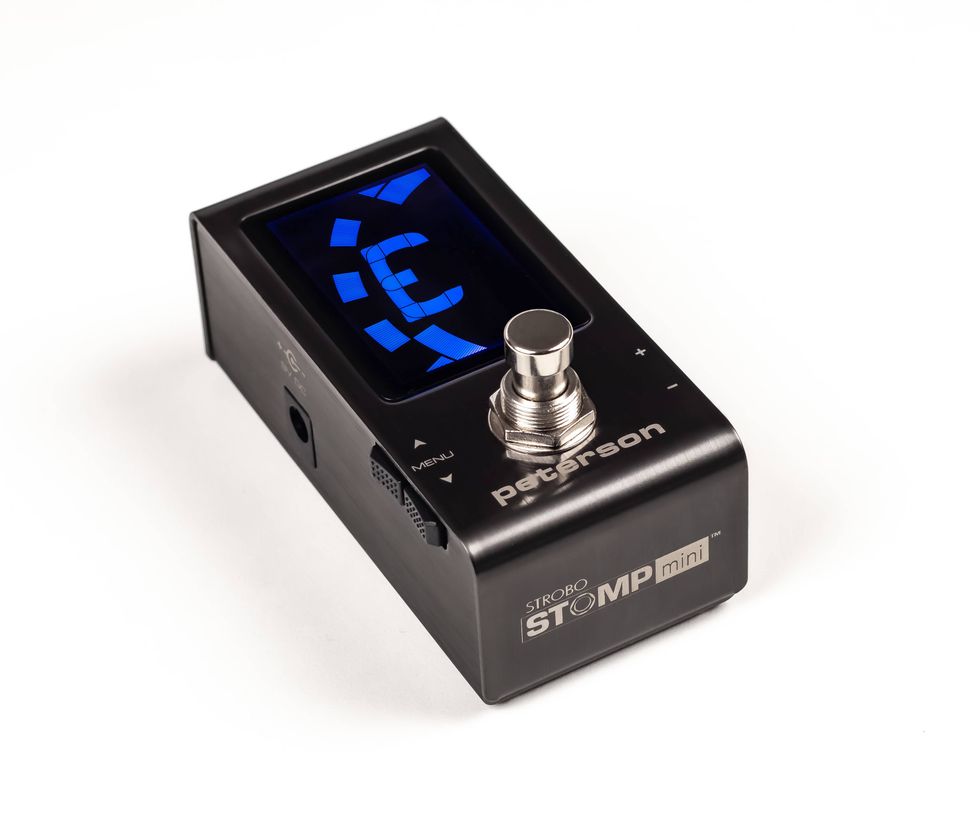
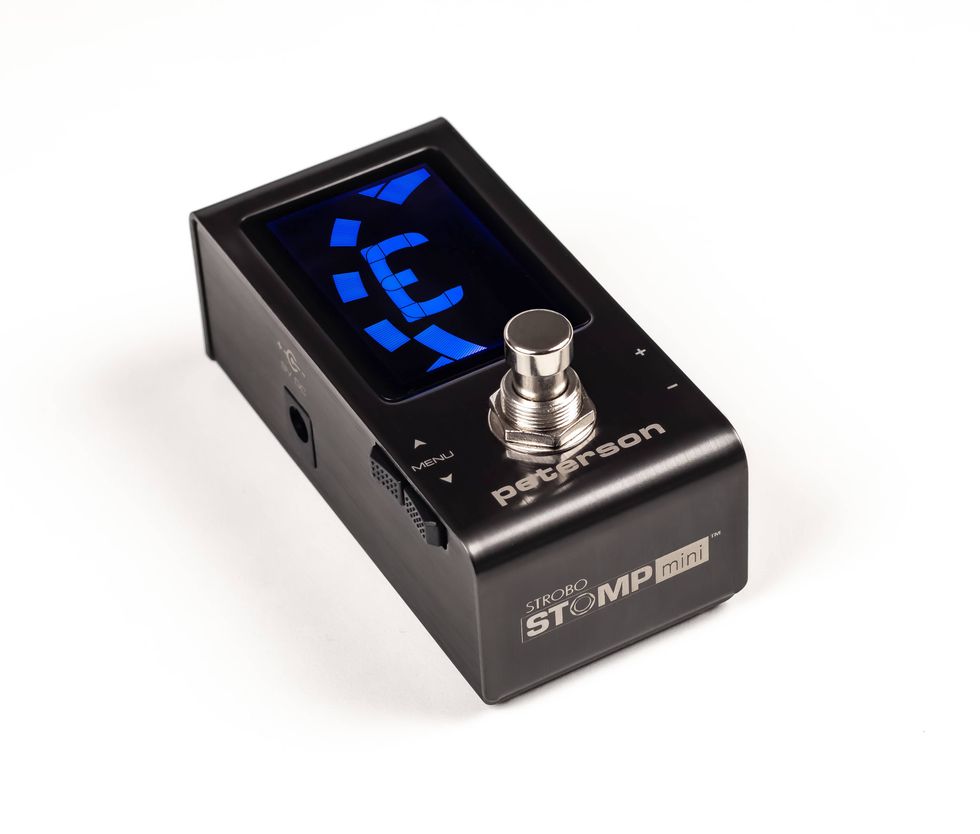

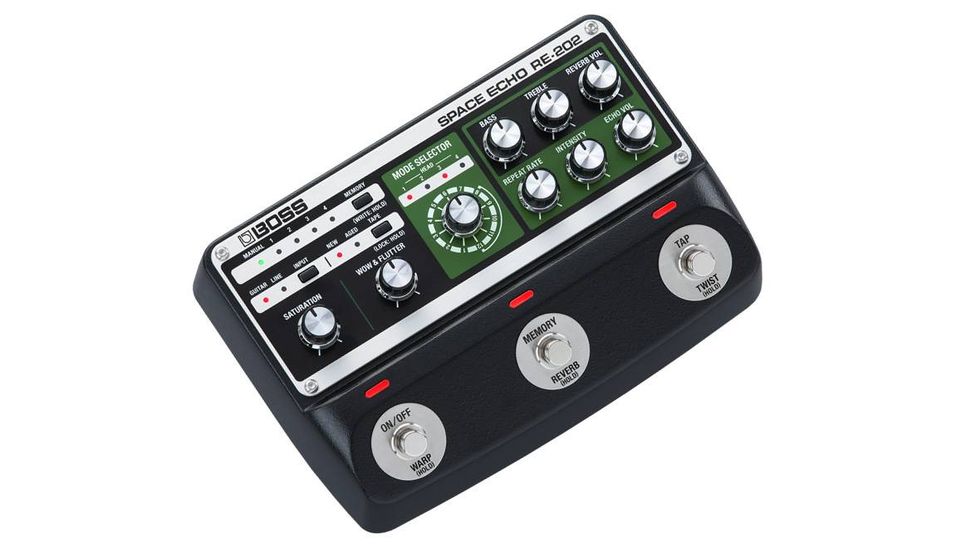
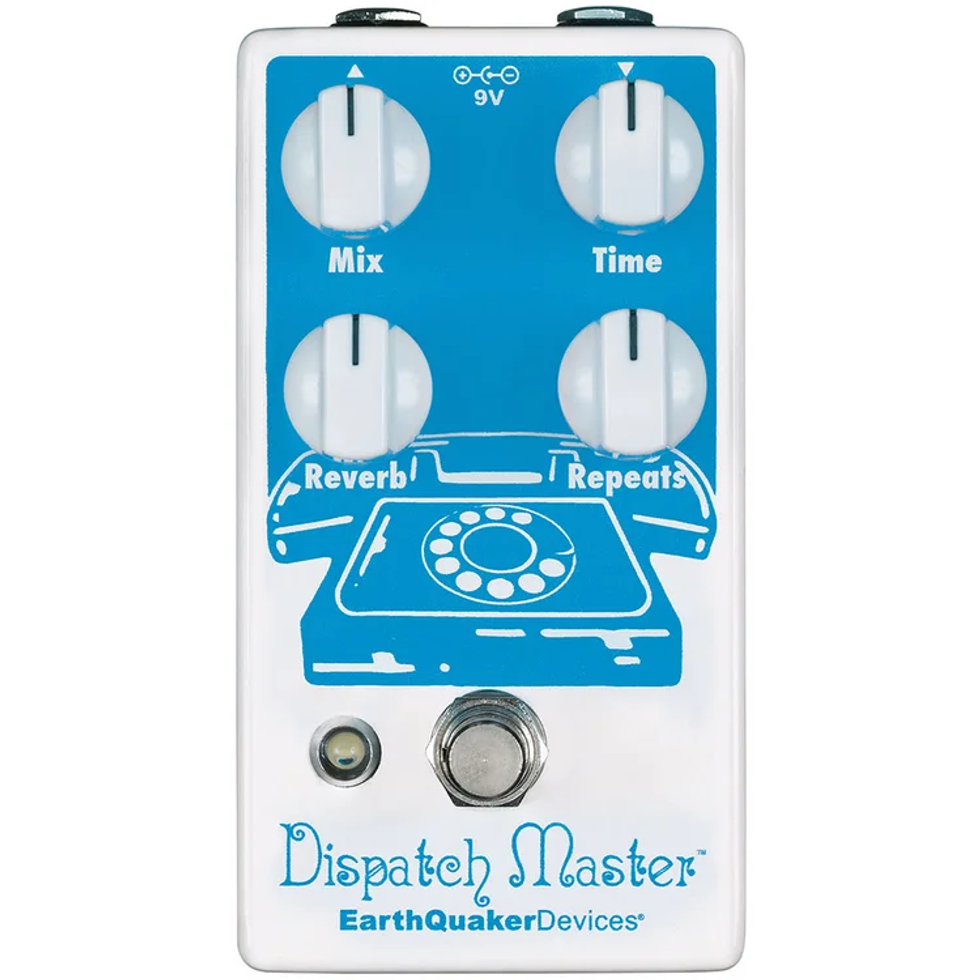
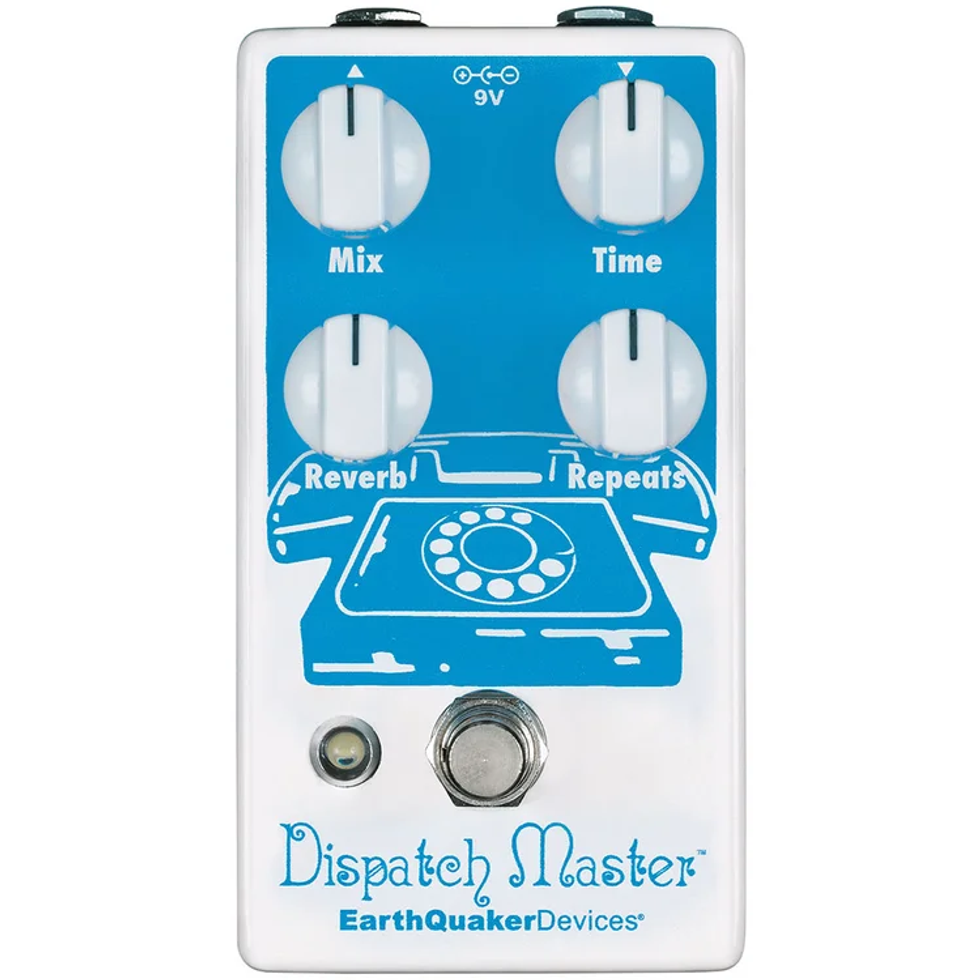
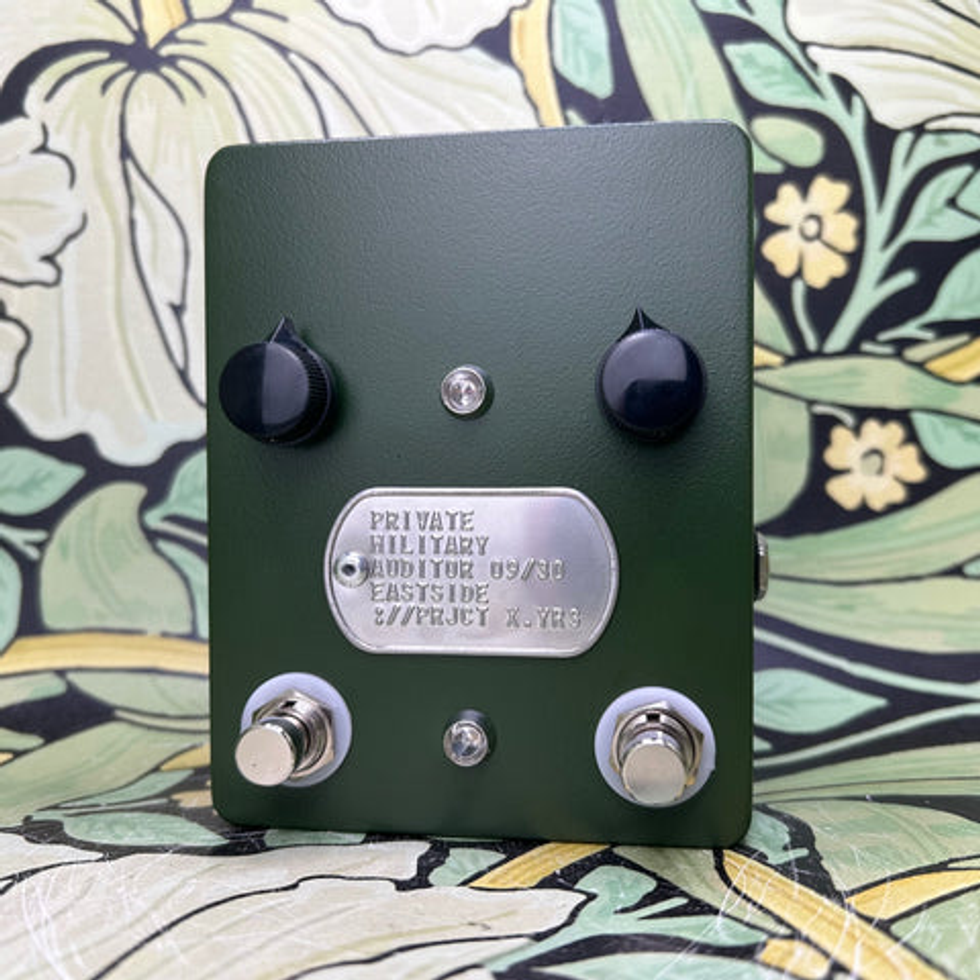
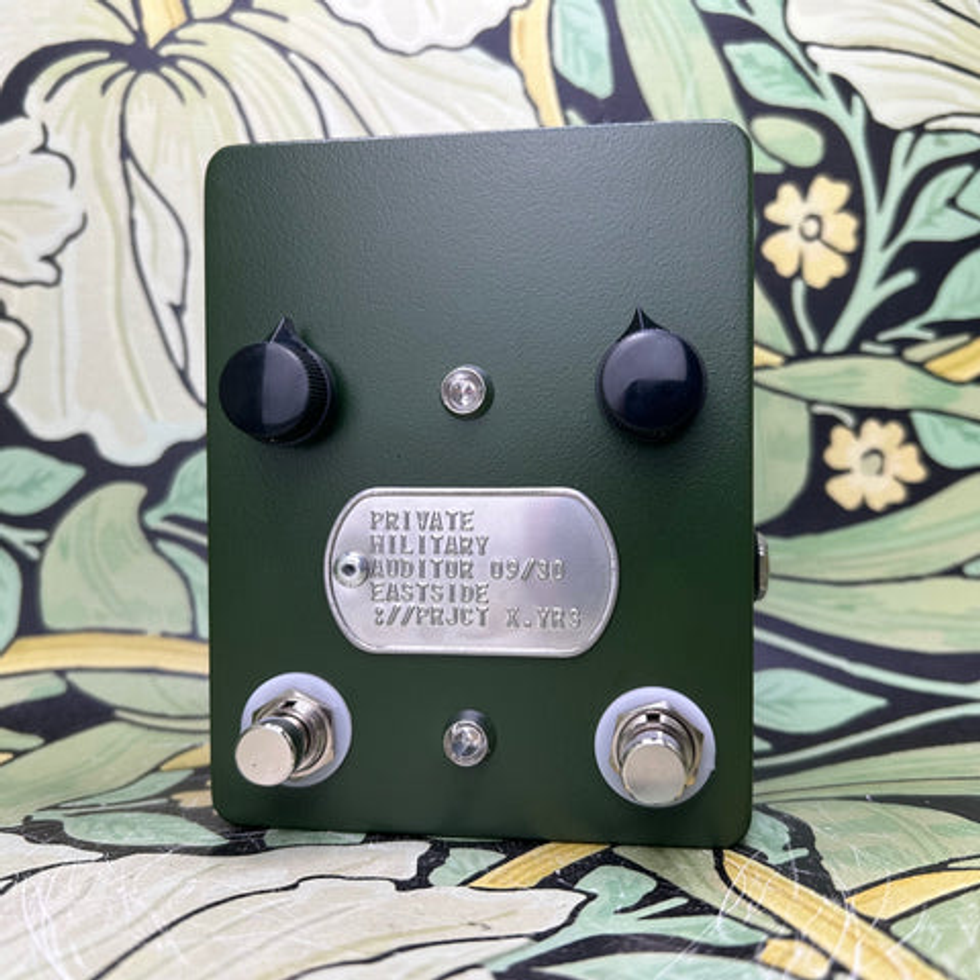
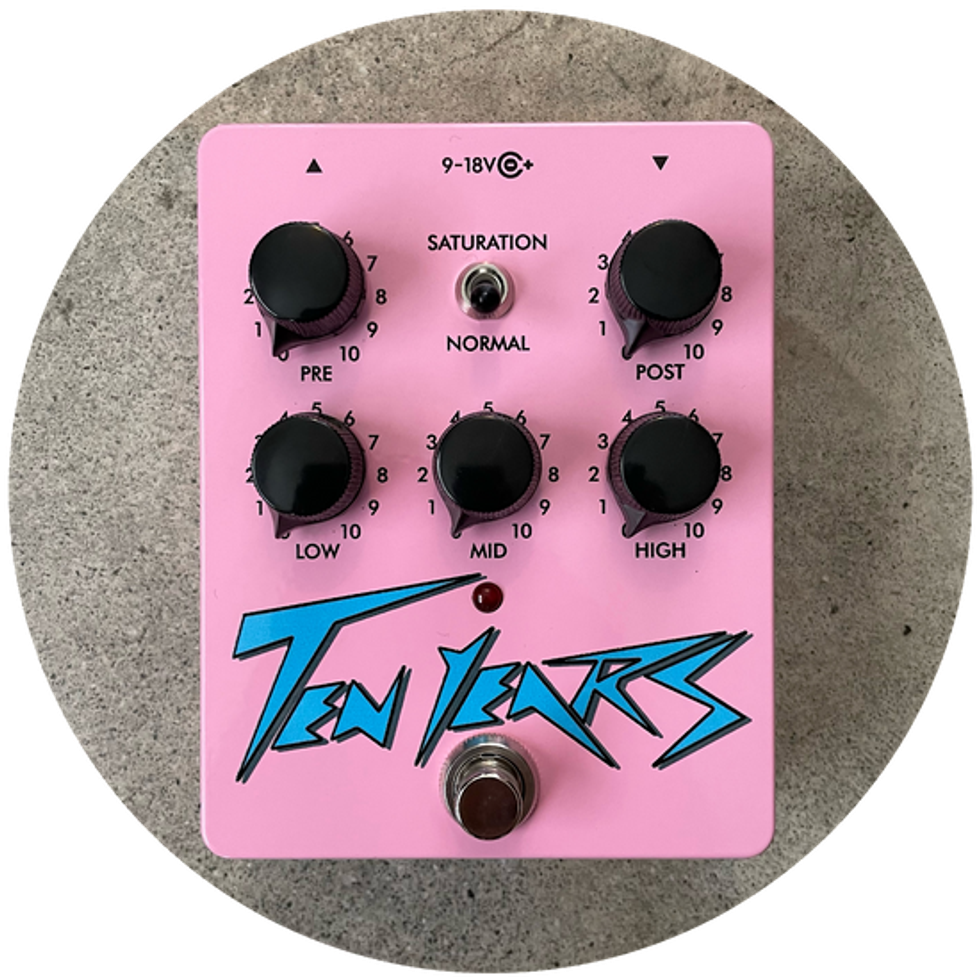


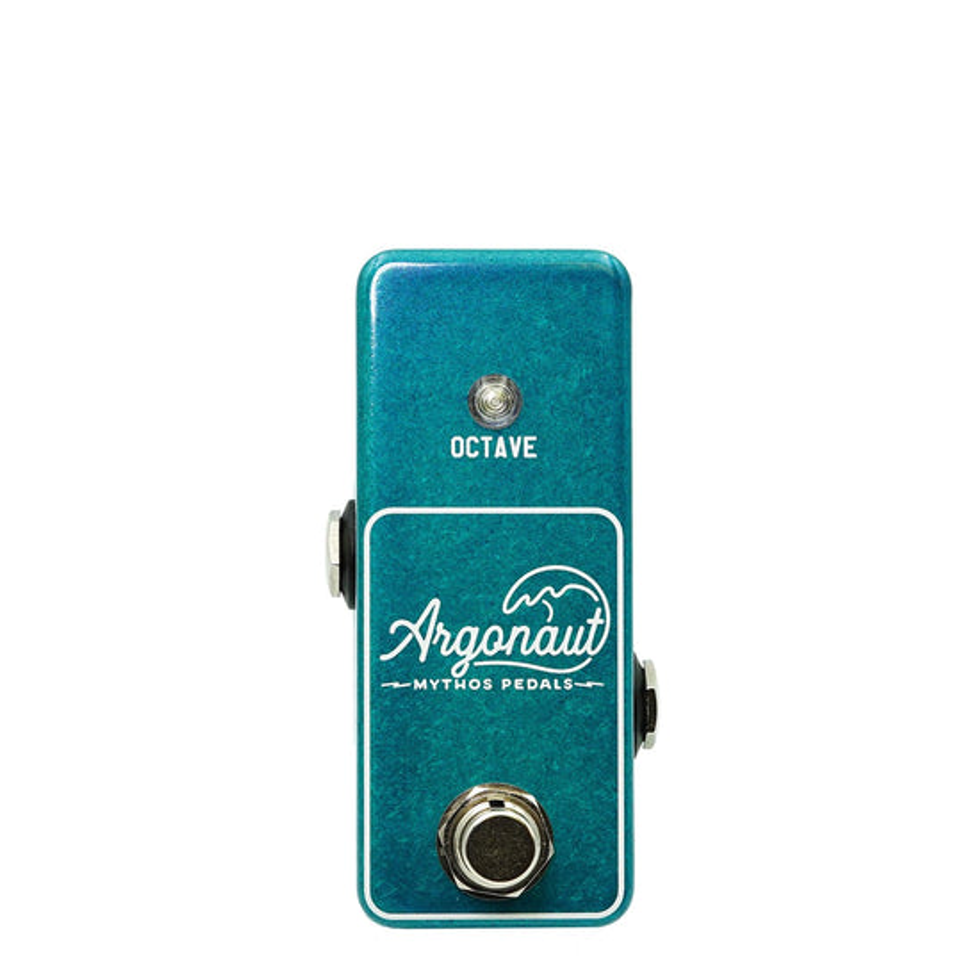
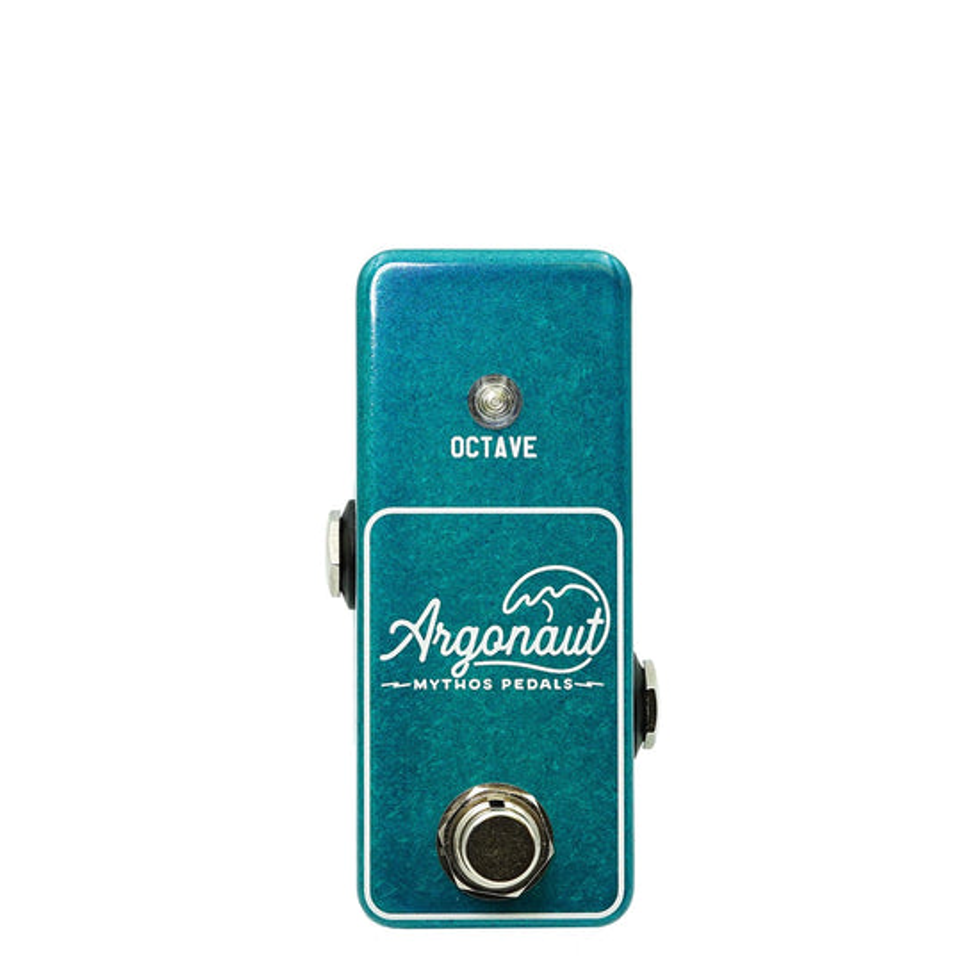
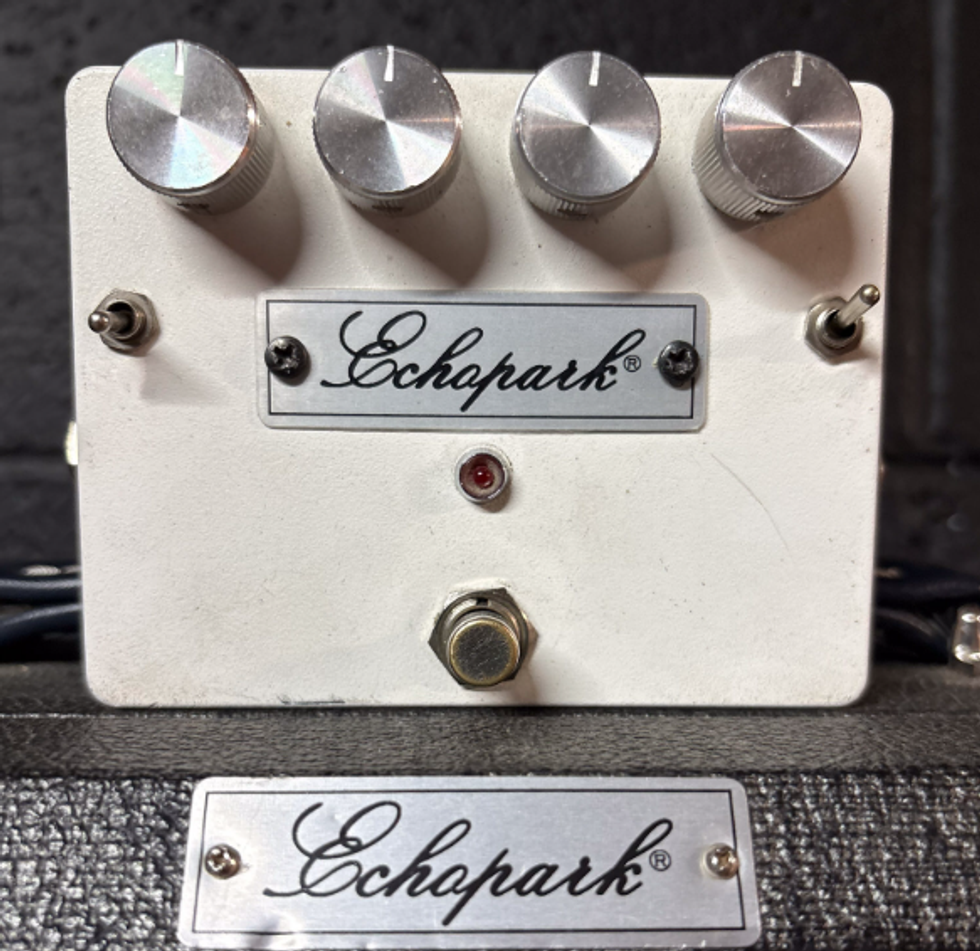
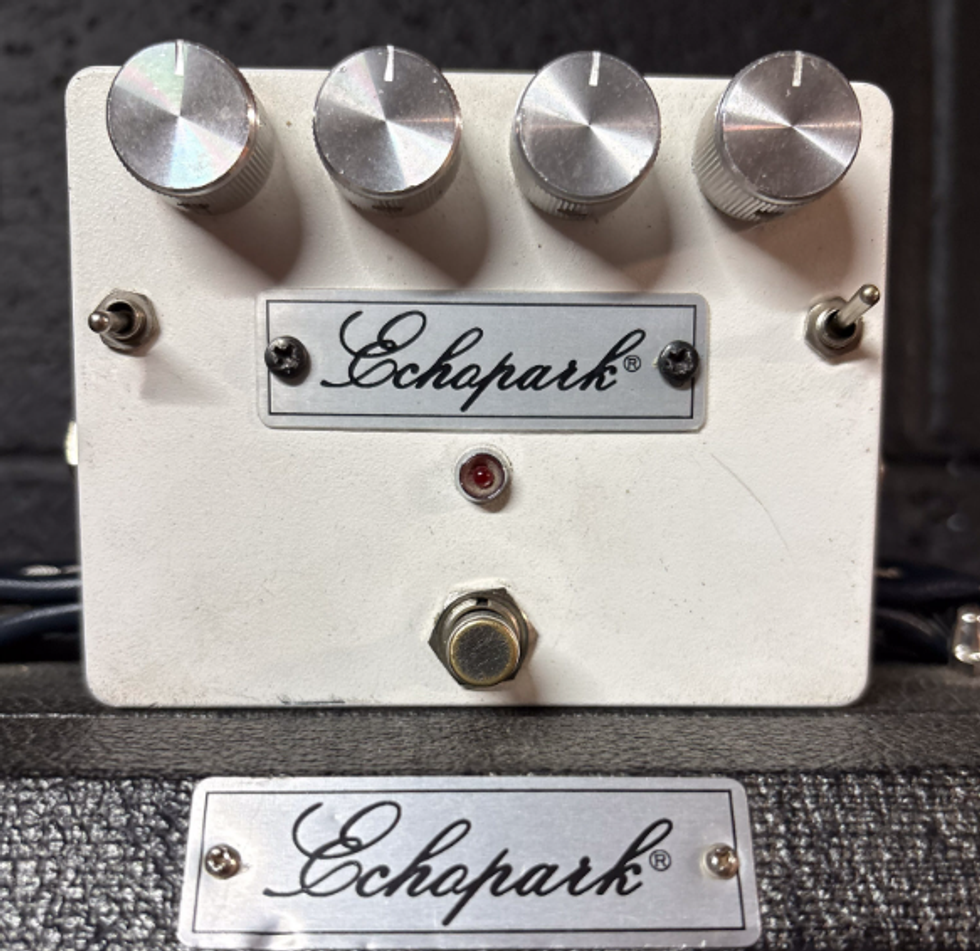








 Zach loves his Sovtek Mig 60 head, which he plays through a cab he built himself at a pipe-organ shop in Denver. Every glue joint is lined with thin leather for maximum air tightness, and it’s stocked with Celestion G12M Greenback speakers.
Zach loves his Sovtek Mig 60 head, which he plays through a cab he built himself at a pipe-organ shop in Denver. Every glue joint is lined with thin leather for maximum air tightness, and it’s stocked with Celestion G12M Greenback speakers.







